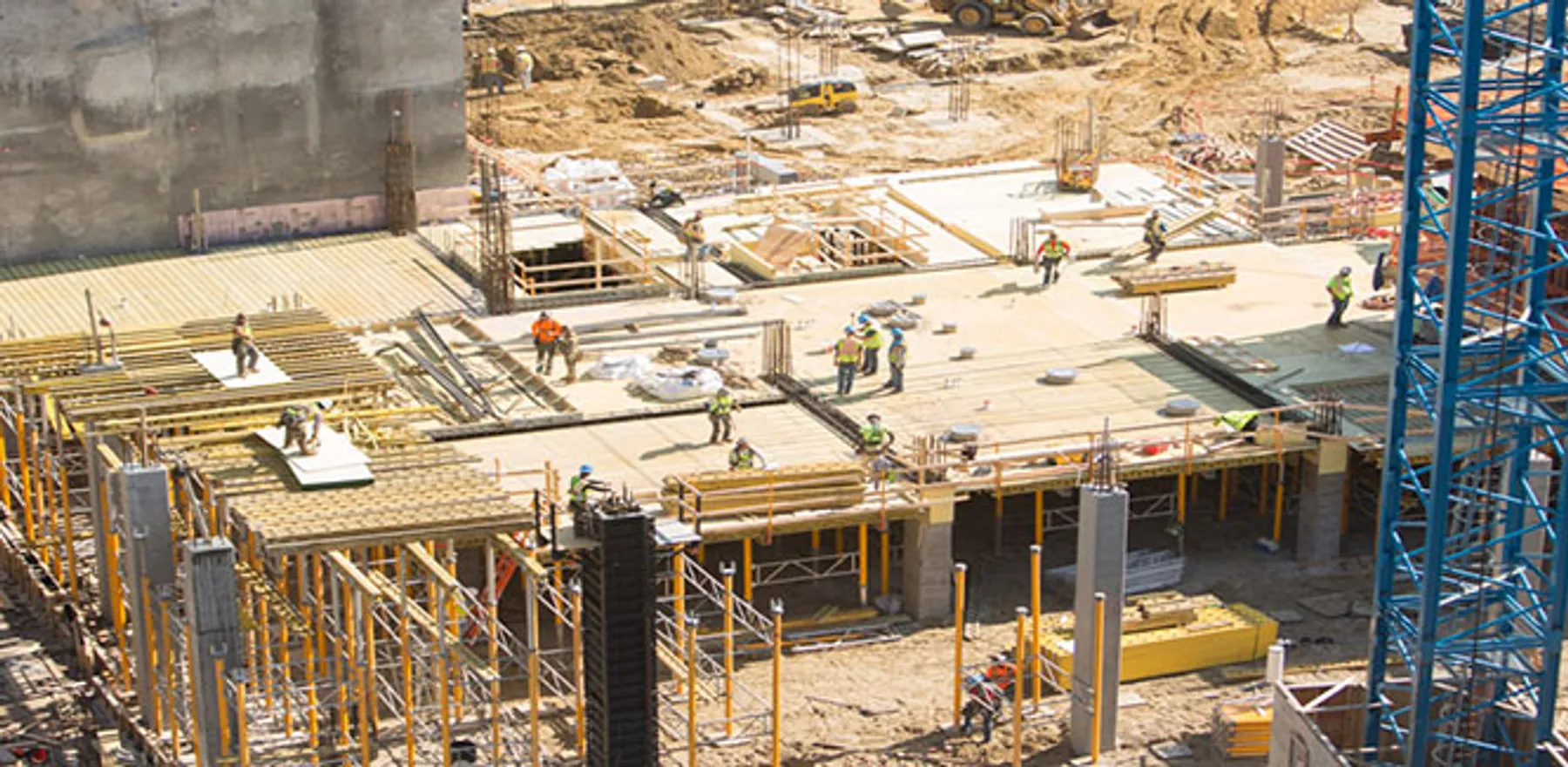What Is the Cost Approach?
The Cost Approach, also known as the replacement cost approach, is a fundamental method that focuses on the principle of determining value by assessing the cost of reproducing or replacing the property. This blog post explores the nuances of the Cost Approach, shedding light on how it works and its essential role in valuing properties.
What is the Process of the Cost Approach?
The Cost Approach is based on the principle of substitution, asserting that a rational buyer would not pay more for a property than the cost to reproduce it. This approach is particularly useful when appraising properties without a significant income stream, such as residential properties or special-purpose structures.
- Estimation of Reproduction Cost:
The appraiser begins by estimating the cost to reproduce an exact replica of the subject property. This involves considering construction costs, materials, labor, and other factors that contribute to the physical structure.
- Deduction of Depreciation:
The appraiser deducts accrued depreciation from the reproduction cost. Depreciation can be categorized into three types: physical deterioration, functional obsolescence, and external obsolescence. Accurate assessment of these factors requires a keen understanding of the property’s condition and the market.
- Addition of Land Value:
The appraiser adds the estimated value of the land to the depreciated cost of the structure. Land value is determined separately and is based on factors such as location, size, and accessibility.
- Derivation of Property Value:
The sum of the land value and the depreciated cost of the structure gives the estimated value of the property according to the Cost Approach.
Advantages of the Cost Approach:
- Applicability to Unique Properties:
The Cost Approach is particularly useful for unique or specialized properties where market comparables may be scarce. Examples include historical buildings, custom-designed homes, or properties with specific features.
- Clarity in Valuing New Construction:
This approach provides clear insights into the value of new construction or recently built properties, where the cost of reproduction closely aligns with the market value.
- Assessment of Functional and External Obsolescence:
The Cost Approach allows for a detailed evaluation of functional and external obsolescence, providing a comprehensive understanding of the property’s overall depreciation.
The Challenges and Considerations of the Cost Approach
- Subjectivity in Depreciation Assessment:
Estimating depreciation involves a degree of subjectivity, especially when assessing factors like functional obsolescence. Appraisers must rely on their experience and market knowledge to make accurate deductions.
- Limited Applicability to Income-Producing Properties:
The Cost Approach is less suitable for income-producing properties, where the income generated is a more significant factor in determining value.
What is the Importance of the Cost Approach?
The Cost Approach stands as a crucial tool in the real estate appraiser’s arsenal, offering a systematic method to determine property value based on construction and replacement costs. While its applicability may be limited in certain scenarios, it shines in situations where unique features or specialized characteristics define a property. By providing a clear and transparent method of valuation, the Cost Approach contributes to the overall accuracy and reliability of real estate appraisals, ensuring a comprehensive assessment of property value in diverse market conditions.
Written by Thomas McCoy




